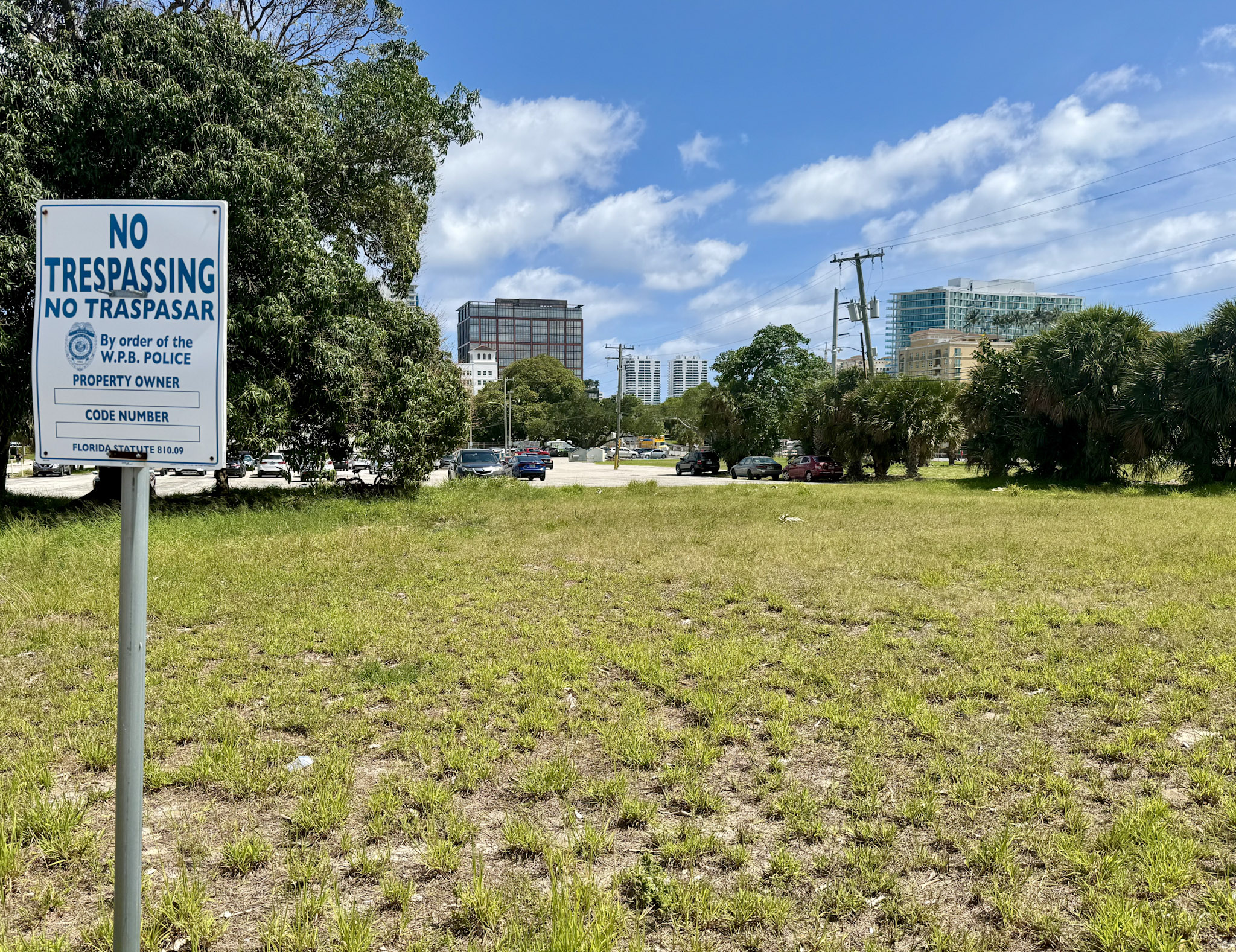Report on the Impact of Seasonal Air Pollution on Children’s Nasal Microbiota and Health Risks
Introduction
A recent study has established a connection between seasonal increases in air pollution and microbial imbalances in children, which may elevate their risk of respiratory infections and other health issues. This report emphasizes the relevance of these findings to the Sustainable Development Goals (SDGs), particularly SDG 3 (Good Health and Well-being), SDG 11 (Sustainable Cities and Communities), and SDG 13 (Climate Action).
Study Overview
- Participants and Methodology: A research team based in Milan monitored 95 schoolchildren in winter and 74 in spring. Personal monitors recorded their exposure to various air pollutants over approximately 16 hours. Nasal microbiota samples were subsequently analyzed.
-
Findings:
- Seasonal variations and air pollution significantly influenced the nasal microbiota composition.
- Microbial diversity was notably lower during winter, coinciding with pollution levels two to three times higher than in spring.
- The bacterium Moraxella dominated in winter; while common in airways, its overabundance is linked to increased respiratory infections and inflammation.
- Exposure to pollutants such as black carbon and benzene correlated with rises in harmful bacteria and reductions in protective bacteria.
- Indoor pollutants, including those from cleaning products, also affected microbial balance, potentially due to increased indoor time during colder months.
Health Implications of Air Pollution
Air pollution poses significant health risks globally, as outlined below:
- Linked to stroke, heart disease, chronic obstructive pulmonary disease, lung cancer, and acute respiratory infections.
- Contributes to approximately 7 million premature deaths annually worldwide (World Health Organization data).
- Associated with increased incidence of eczema and elevated dementia risk among patients with cardiometabolic diseases.
- Contributes to climate change by exacerbating global warming, which in turn increases the frequency and severity of extreme weather events such as droughts, hurricanes, heat waves, and flooding.
These health and environmental challenges directly relate to SDG 3 (Good Health and Well-being) and SDG 13 (Climate Action).
Actions and Interventions
-
Public Health Recommendations:
- Reduce children’s exposure to indoor and outdoor pollutants through behavioral guidance and urban planning.
- Implement policies targeting air quality in school environments, commuting routes, and indoor spaces.
-
Innovative Solutions:
- Research initiatives, such as those at Stanford University, are exploring methods to convert air pollution into stable mineral forms.
- Corporate and governmental programs are actively reducing emissions, including Ben & Jerry’s Caring Dairy program and New York’s legislation mandating electric vehicles for ride-share services by 2030.
-
Individual Actions:
- Adopting sustainable transportation methods like walking, cycling, and public transit to reduce personal contributions to air pollution.
These efforts support SDG 11 (Sustainable Cities and Communities) and SDG 12 (Responsible Consumption and Production).
Conclusion
The study underscores the critical need for integrated approaches to mitigate air pollution and protect children’s health, aligning with multiple Sustainable Development Goals. Continued research, policy development, and community engagement are essential to achieving healthier environments and sustainable urban living.
1. Sustainable Development Goals (SDGs) Addressed or Connected
- SDG 3: Good Health and Well-being
- The article discusses the impact of air pollution on children’s respiratory health, microbial imbalances, and risks of infections and inflammation.
- It highlights health threats such as stroke, heart disease, lung cancer, and respiratory infections linked to air pollution.
- SDG 11: Sustainable Cities and Communities
- The article mentions urban planning measures and policies targeting school environments and commuting routes to reduce exposure to pollutants.
- SDG 13: Climate Action
- Air pollution contributes to global warming and extreme weather events like droughts, hurricanes, heat waves, and flooding.
- SDG 12: Responsible Consumption and Production
- Indoor pollutants from cleaning products and efforts by companies to reduce pollution (e.g., Ben & Jerry’s Caring Dairy program) relate to sustainable consumption and production.
2. Specific Targets Under Those SDGs Identified
- SDG 3: Good Health and Well-being
- Target 3.9: Reduce the number of deaths and illnesses from hazardous chemicals and air, water, and soil pollution and contamination.
- SDG 11: Sustainable Cities and Communities
- Target 11.6: Reduce the adverse per capita environmental impact of cities, including air quality improvement.
- SDG 13: Climate Action
- Target 13.1: Strengthen resilience and adaptive capacity to climate-related hazards and natural disasters.
- Target 13.2: Integrate climate change measures into national policies, strategies, and planning.
- SDG 12: Responsible Consumption and Production
- Target 12.4: Achieve the environmentally sound management of chemicals and all wastes throughout their life cycle.
3. Indicators Mentioned or Implied to Measure Progress
- Air Pollution Exposure Levels
- Personal monitoring of children’s exposure to air pollutants such as black carbon and benzene.
- Seasonal measurements of pollution levels (e.g., pollution levels two to three times higher in winter).
- Health Outcomes
- Incidence rates of respiratory infections and inflammation in children.
- Premature deaths attributable to air pollution (7 million annually worldwide as per WHO).
- Prevalence of conditions linked to pollution such as eczema and dementia risk in cardiometabolic patients.
- Microbial Diversity in Nasal Microbiota
- Levels of microbial diversity and dominance of harmful bacteria such as Moraxella as indicators of health impact.
- Policy and Intervention Implementation
- Adoption of urban planning measures, behavioral guidance, and indoor air quality policies.
- Transition to electric vehicles in urban transport (e.g., New York law requiring EVs for rideshares by 2030).
4. Table of SDGs, Targets, and Indicators
| SDGs | Targets | Indicators |
|---|---|---|
| SDG 3: Good Health and Well-being | Target 3.9: Reduce deaths and illnesses from hazardous chemicals and pollution. |
|
| SDG 11: Sustainable Cities and Communities | Target 11.6: Reduce environmental impact of cities, including air quality improvement. |
|
| SDG 13: Climate Action |
|
|
| SDG 12: Responsible Consumption and Production | Target 12.4: Environmentally sound management of chemicals and wastes. |
|
Source: thecooldown.com







